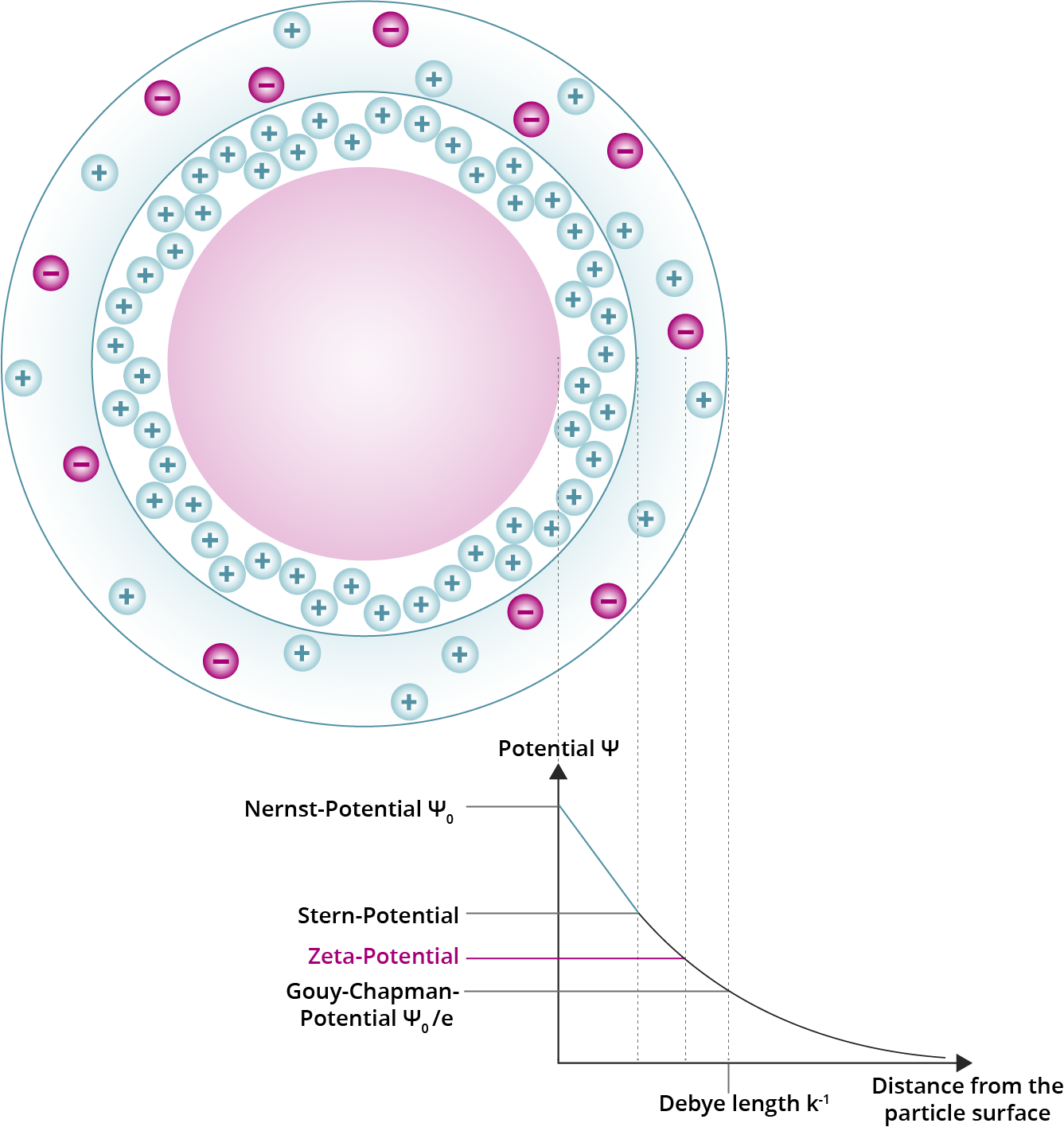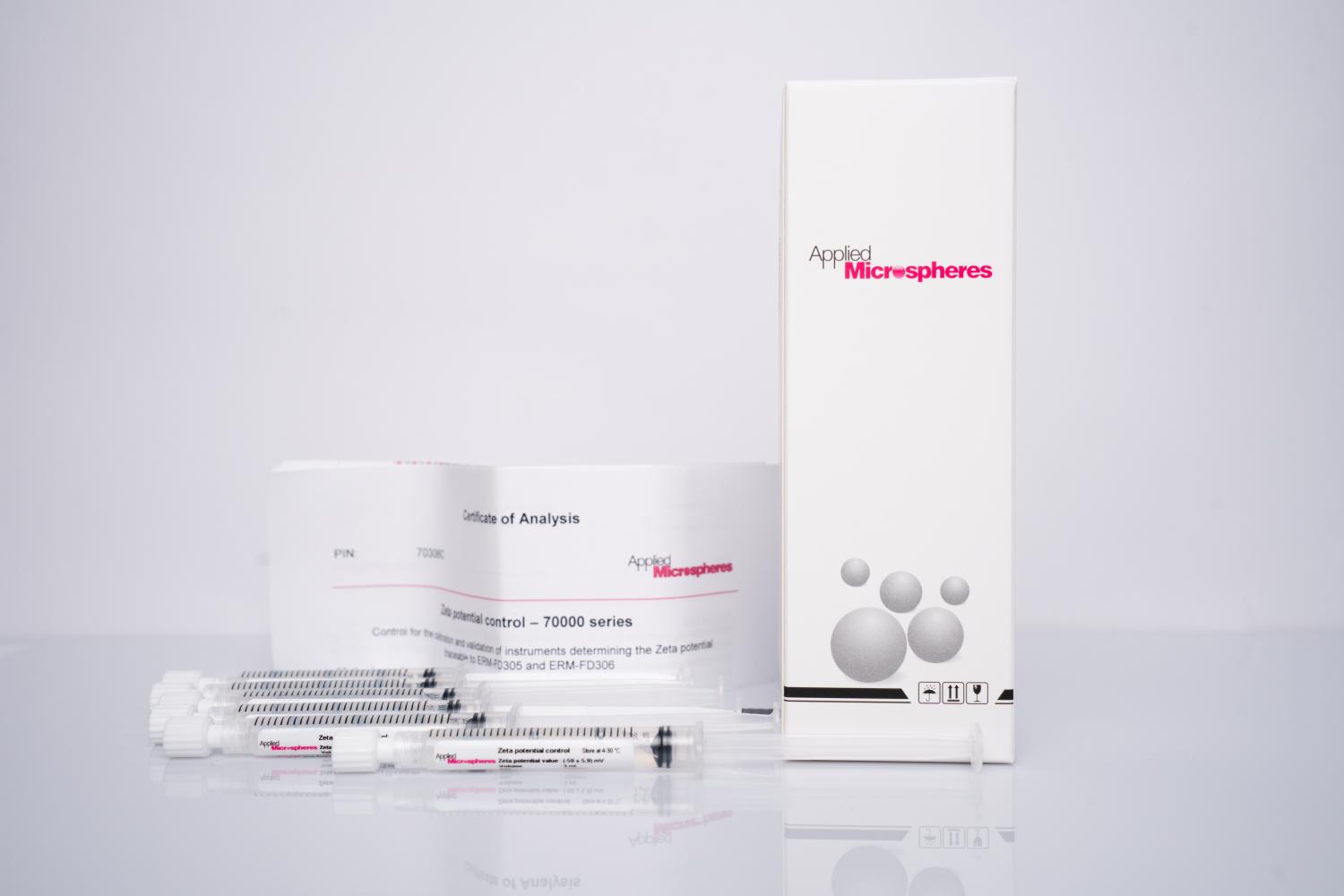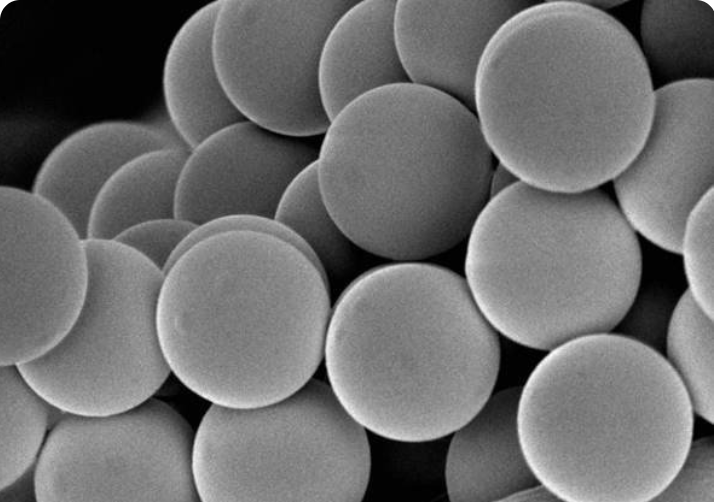Zeta Potential Controls
Nanoparticles have an extraordinarily large surface to volume ratio that leads to surface properties governing their colloidal properties and their general behavior. Due to this dependency, it is essential to ascertain the surface properties in the technical application of particles where adhesive surface effects play a role, such as in paint and ink manufacturing. The strength of electrostatic repulsive forces, a function of the Zeta potential, drives the stability of charged particles against agglomeration. Furthermore, Zeta potential measurements are applied to determine the isoelectric point of titration in water treatment. In biological applications, the Zeta potential is used to assess the applicability of a functional particle and to investigate the success of surface-modifying experiments.
Basically, the Zeta potential influences all colloidal interaction. This potential is the most commonly investigated, primary measure to establish the properties of a colloidal surface. This is due to relatively simple experimental accessibility of the Zeta potential. Despite the central role of the Zeta potential in colloidal science and the existence of many experimental setups to ascertain it, the results need to be carefully interpreted due to the physical definition of the value. Basic properties of the surrounding medium, such as the pH value and ionic strength, greatly affect the Zeta potential. Different methods of determining the Zeta potential also cause varying high values for a negative zeta potential with enhanced reproducibility no background noise due to absence of charged surfactants easy application of ready-to-use prefilled syringes long shelf life at room temperature particle accelerations by external forces. They lead to varying forces acting on the electric double layer surrounding the particle. Independent of the method, a reliable and stable Zeta potential control to define this measure is thus essential for the reasonable interpretation of experimental results.
The Zeta Potential Controls by Applied Microspheres are considered a benchmark commercial product. They provide reliable Zeta potential values for both electrophoretic mobility and streaming potential methods as the most commonly used analytical principles.
The outstanding applicability of Applied Microspheres’ Zeta Potential Controls is due to their chemical composition. They consist of negatively charged polystyrene particle suspensions, solely designed for reproducible Zeta potential validation. An extensively controlled particle surface modification ensures a well-defined negative charge of the colloids, leading to strong signals in the experimental setup of use. The formulation is free of charged surfactants and buffered against CO2 intake, leading to an almost quantitative reduction of background noise and a stable physico-chemical environment. The particle concentration is adjusted for suitability in most common experimental setups with a defined electrophoretic mobility value.
Applied Microspheres’ Zeta Potential Controls are available in single-use, 3 mL or 10 mL Luer-Lok™ syringes, packaged in boxes of 6 or 10 syringes. The shelf life is 12–18 months based on the date of production and can be stored at room temperature.

| Part No. | Set Content | Volume | Price |
|---|---|---|---|
| 70306C | 6 syringes | 3 mL each | |
| 71010C | 10 syringes | 10 mL |


